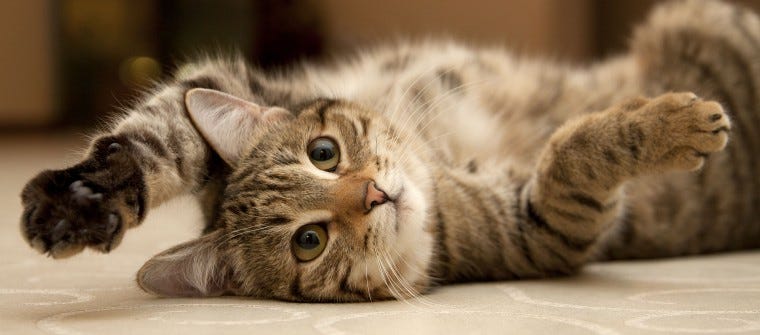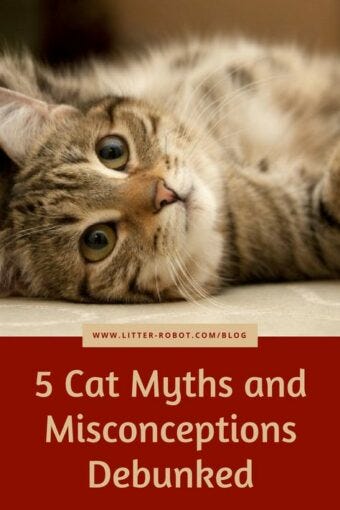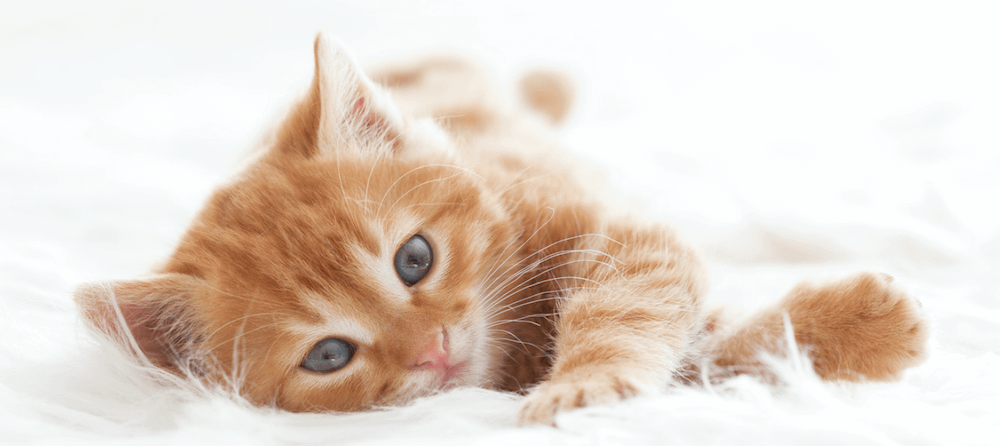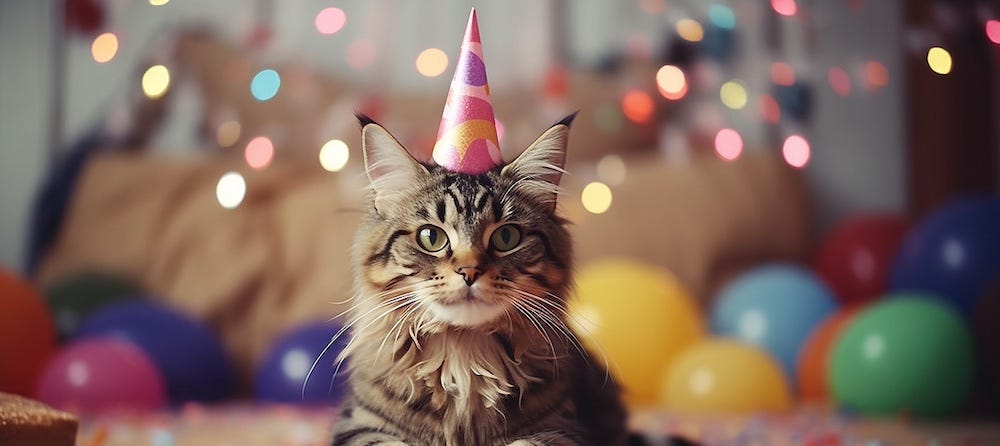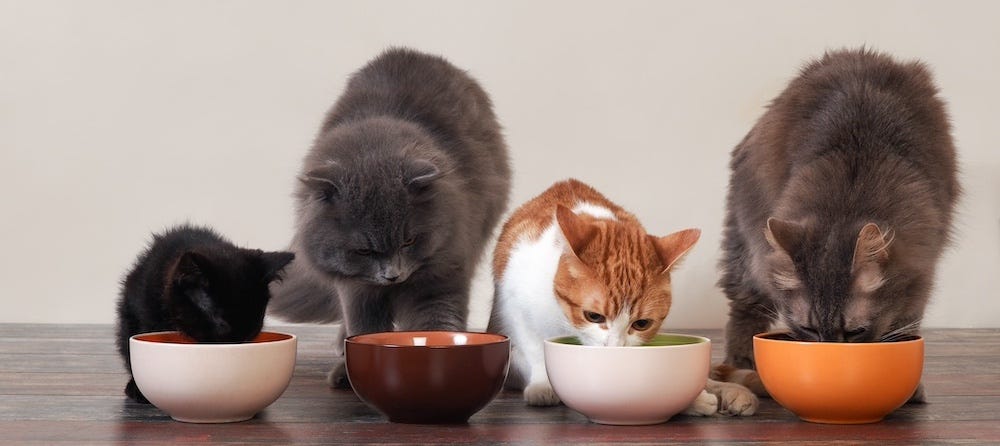From the moderately harmful to the downright bizarre, cat myths have arisen across the globe and throughout time. It's time to dispel these feline misconceptions once and for all!
1. "Black cats are bad luck."
Anyone who has loved a black cat knows that this is one superstition that doesn’t hold up. This pervasive cat myth originates in the Middle Ages, when Europeans believed that black cats were shape-shifting witches in disguise. They also held the belief that cats were susceptible to sorcery and therefore regarded all cats as highly dangerous pests. Needless to say, this was not a great time to be cat.
Ironically, deaths from the black plague during this time would have been greatly reduced if Europeans had allowed the common street cat to roam. Cats could have helped cut down on the disease-carrying rat population that contributed to the spread of bacteria that was lethal to humans.
Unfortunately, the black cat myth survives today. The ASPCA reports that black cats make up over 30% of their abandoned feline population. This has led to the creation of the annual Black Cat Appreciation Day (August 17th), which aims to dispel harmful cat superstitions and promote the adoption of black cats.
2. "Milk is good for cats."
This is one of the most common misconceptions about cats today. It’s possible that it may have roots in Norse mythology, which encouraged farmers to leave milk out for the feline companions of the goddess Freya in exchange for her protection.
We now know, however, that most adult cats lose their ability to tolerate lactose, which means a warm saucer of milk before bed is only going to give Kitty an upset stomach. While your cat might be drawn to dairy, you should limit or eliminate your cat's intake. Lactose is actually quite harmful to the adult feline digestive tract. Similarly, kittens should only drink their mother’s milk or a vet-approved kitten formula.
3. "Cats steal the breath of babies."
In the 1700s, it was widely believed that cats could suffocate infants by stealing their breath while they slept. This misconception continues today, despite the fact that it’s been routinely debunked. This cat myth may have been used as an explanation for other causes of infant death, such as sudden infant death syndrome (SIDS) or undetected heart conditions. That said, doctors still remind parents that babies shouldn’t sleep with anything in their crib—including cats.
4. "Cats can forecast the weather."
In 1883, a book titled Weather Proverbs by H.H.C. Dunwoody declared that cat behaviors like cleaning, scratching, and even laying down in a certain position can signal a coming storm. Dunwoody lists almost every cat behavior as a potential indicator for seasonal weather changes, wind direction, or approaching rain.
While none of these things are true per se, it is possible that your cat will seek shelter in response to changes in barometric pressure. By this point, it’s likely that you also will be aware of the darkening sky, approaching clouds, and changes in pressure.
5. "Cats always land on their feet."
This is perhaps the most understandable cat myth listed here, since cats do have an amazing "righting reflex" that develops around seven weeks of age. When cats jump or fall from a significant enough height, their extremely flexible spines help them contort and balance as needed. However, that ability to land on their feet only works when they fall from heights over 12 inches.
This reflex system is an imperfect one, and cats do not necessarily always land on their feet. The American Veterinary Association also reports that cats who were brought in after falling from 2-6 story buildings did not fair as well as cats who fell from 7+ stories because they did not have enough time to position their bodies correctly.
What other myths or misconceptions have you heard about cats?
